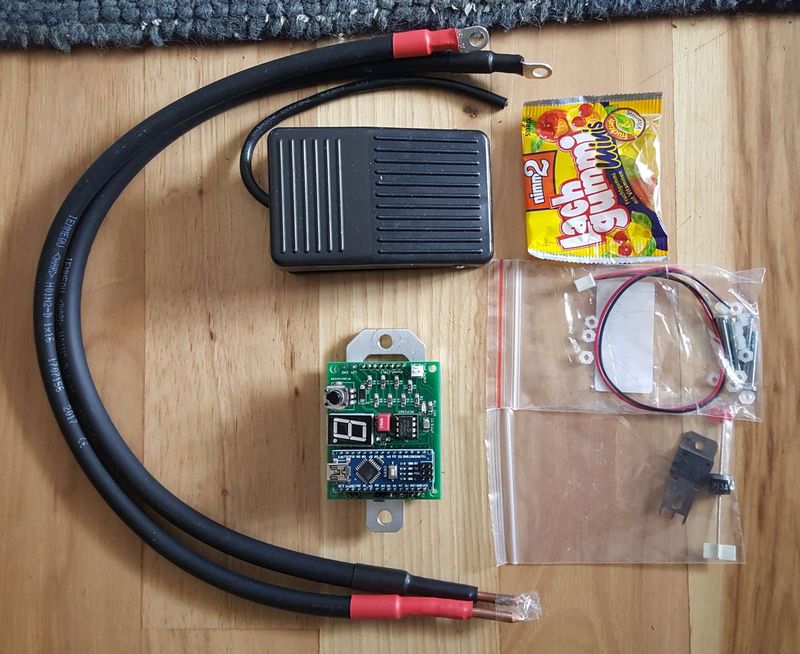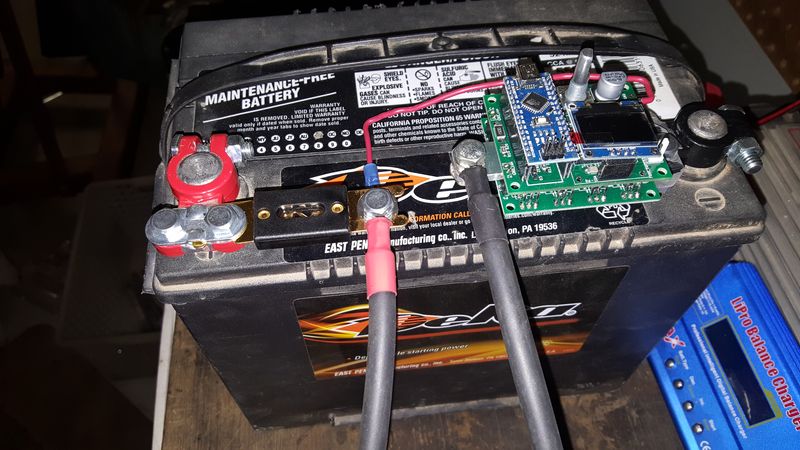Quokka
1 kW
What material are the soldering iron tips made out of?
spinningmagnets said:Flangefrog, I know you are a busy guy, but...do you feel we are close enough to order some PCB's to be ordered? and also publish a parts list?
I would like to get the ball rolling and order a batch of parts to make ten units. I'd like all the "open source" info published so anyone can go their own route, but I also want to take the next step and make a parts kit, and also a few finished spot-welders made available. If enough parts are ordered at the same time, the price per unit goes down. I'd like to spend some money to make this happen. I am certain that I can break even on a mass buy and distribution of kits, whether in parts or as a finished unit.
If this has a glaring error in design, we need to know now...if it is the best possible design from a bang-for-buck perspective, I'd like to verify that ASAP. Help me to make this happen...





